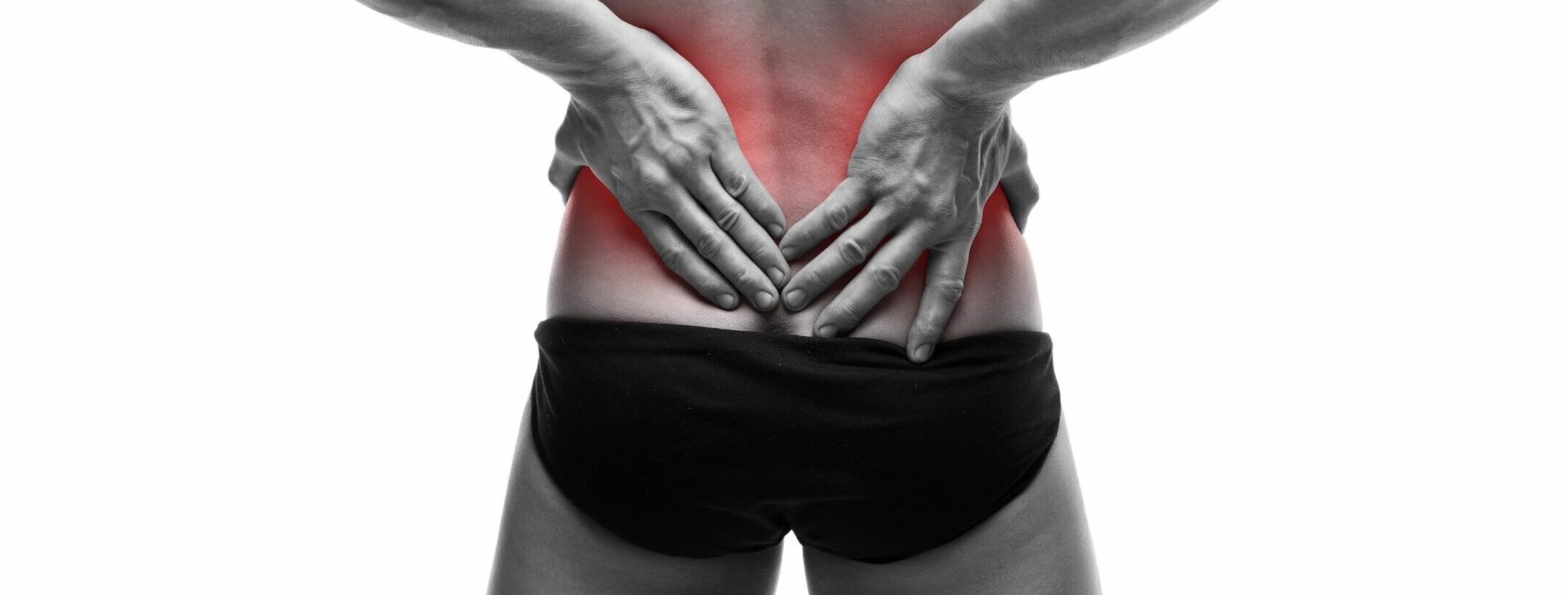SI Syndrome and Sacroiliitis

The sacroiliac (SI) joints are the junctions between the sacrum and the ilium. The sacrum is the triangular bone at the base of the spine. The ilium are the two pelvic bones on either side of the spine. The connection between these two bones is supported by strong fibers. The joint is relatively immobile, though, there is a small amount of movement in the three dimensions. The SI joints are designed to be relatively stabile because they transmit forces from the spine to the hips/legs. SI Syndrome (aka sacroiliitis) is inflammation and wear of the joints due to abnormal mechanics.
Signs & Symptoms
People with SI Joint syndrome usually have one sided low back pain. Pain can radiate into the buttocks and even down the leg on occasion. This can fool you into thinking it’s sciatica. When this joint becomes inflamed, we give it the title sacroiliitis: which literally means inflammation of the SI joint. SI joints that are irritated and inflamed typically produce a broader achy pain with focalization below the base and to the side of the spine.
Patients can usually isolate their pain to the “bumps” at the side of the low back and buttock. These bumps are often accompanied by rubbery nodules that represent edema and inflammation of the underlying tissues. Some patients may feel like they are “crooked” or that their pelvis is rotated. Some people even describe feeling like they are stepping in a hole every time they stand and walk due to a shortened leg. I’ve seen many patients from the gym describe a phenomenon where their squat becomes uneven. One hip is moves further and faster than the other causing them to feel unbalanced and lower one side more than the other.
Causes of SI Syndrome
Sacroiliitis can occur after an accident such as a hard fall on the rear or hip. The trauma can misalign the joints and possibly damage the strong connective fibers that stabilize the joint. Other factors like repetitive damage from poor lifting or other abnormal lumbopelvic mechanics can result in instability and inflammation to the SI joints.
Treatment of SI Syndrome
Manipulation may be the key to re-alignment, but often the joint also needs stabilization. Manipulation is most expertly performed by a Doctor of Chiropractic. Patients often benefit from what are called SI belts that hug the hips keeping the joint in close approximation throughout their daily activities. Exercises that strengthen the muscles surrounding the joint can also produce stability and relief. Improving stability will often allow the fibers to heal and support normal mechanics to the SI joints once again. Modalities such as E-stim and combo can also help with pain, swelling, and healing. Joint injections with medicines designed to help heal and deflame the area are also useful.
Prognosis of SI Syndrome
Sacroiliac Joint Syndrome can often be resolved with care within a few weeks if it is identified and treated properly. A chronic SI joint syndrome can take a long time to resolve or may never completely remedy if left for years. This is due to the degeneration and arthrosis that occurs in the joint if left without proper treatment. It’s best to jump on these issues so they don’t become a long-term problem.

